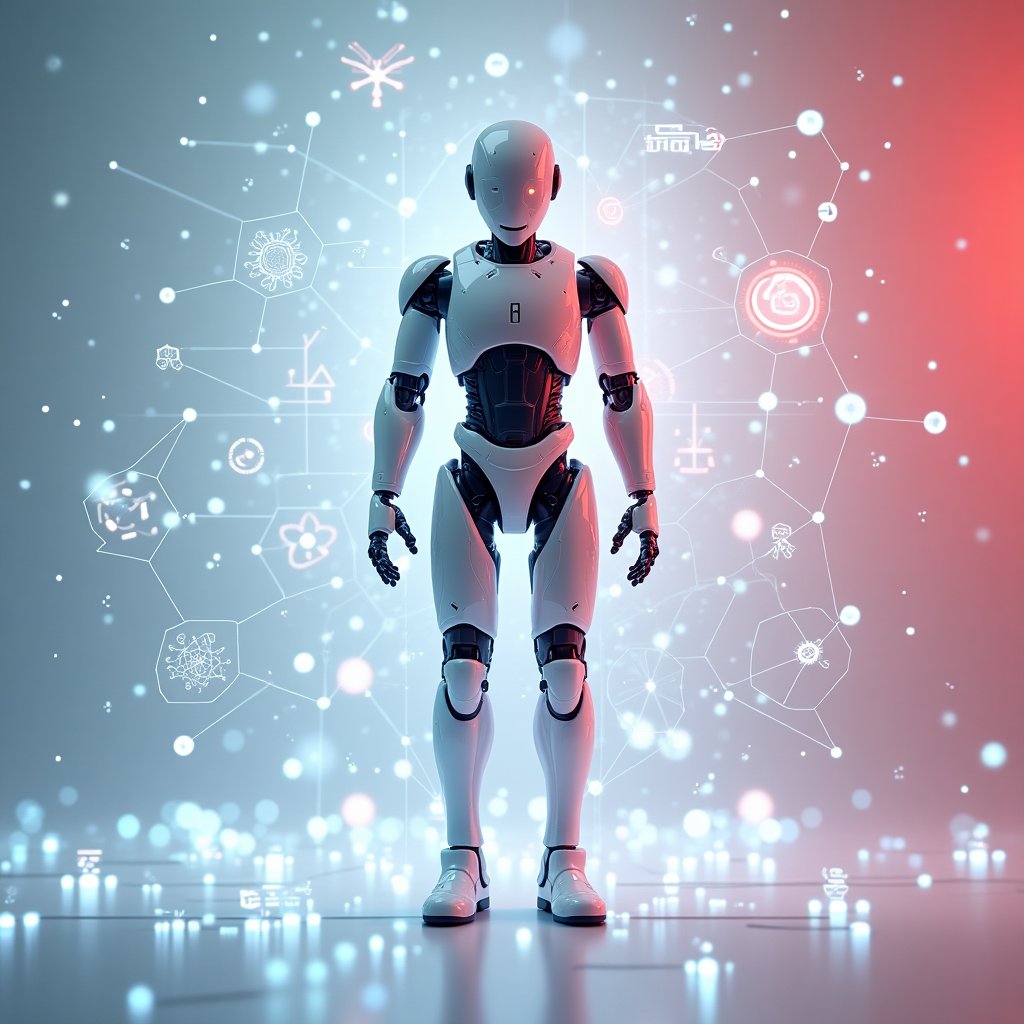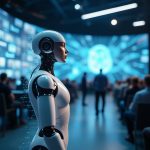Google’s AI Co-Scientist is revolutionizing the way we approach scientific discovery, and it’s not just hype—this multi-agent AI system is already delivering real-world results. In a fascinating video by TheAIGRID, we get an inside look at how this groundbreaking technology is helping scientists generate hypotheses, streamline research, and even accelerate the fight against diseases like cancer and Alzheimer’s. If you’ve ever wondered how AI could transform science, this is the story you’ve been waiting for.
What is Google’s AI Co-Scientist?
Developed by Google Research, the AI Co-Scientist is a multi-agent system designed to act as a virtual collaborator for scientists. It’s not just a tool—it’s a full-blown team of AI “agents,” each with a specialized role. From generating hypotheses to refining ideas and ranking the best research directions, this system is like having a lab assistant who never sleeps. And the best part? It’s already outperforming human experts in some areas.
The system starts with a scientist defining a research goal. The AI Co-Scientist then kicks into action, using its sub-agents to brainstorm, evaluate, and refine ideas. Here’s how it works:
- Generation Agent: Creates new hypotheses.
- Reflection Agent: Evaluates and refines ideas by searching the web, running simulations, and verifying results.
- Evolution Agent: Improves ideas over time by drawing inspiration from other concepts.
- Meta Review Agent: Ensures accuracy and scientific value.
- Ranking Agent: Prioritizes the best research directions through competitive “tournaments” that pit ideas against one another.
This iterative process, known as “test time compute,” allows the system to continuously improve its outputs. Think of it as a scientific version of survival of the fittest—only the strongest ideas make the cut.
Real-World Applications: From Cancer to Liver Fibrosis
So, how is this AI making a difference in the real world? Let’s look at some jaw-dropping examples. In one case, researchers used the AI Co-Scientist to identify existing drugs that could be repurposed to treat acute myeloid leukemia, a type of blood cancer. Traditional drug development is slow and expensive, but AI sped up the process by predicting which drugs might work. Lab tests confirmed that one drug, Kira 6, significantly reduced cancer cell growth at certain doses. This breakthrough could save lives and cut down on the time it takes to develop new treatments.
Another example involves liver fibrosis, a condition where excessive scarring damages the liver. Scientists tested AI-suggested drugs on lab-grown mini livers (organoids) and found that several of the AI’s recommendations effectively reduced scarring. This could lead to new treatments for a condition that currently has limited options.
Matching Decades of Research in Days
The most jaw-dropping demonstration of the AI Co-Scientist’s power is its ability to match decades of human research in just days. In one instance, researchers asked the AI to figure out how bacteria share antibiotic resistance genes—a process that took humans over a decade to understand. The AI independently uncovered the same mechanism in just two days. Yes, you read that right—two days. This isn’t just a time-saver; it’s a game-changer for fields like microbiology and drug development.
The Future of AI in Science
What does this mean for the future? Imagine a world where AI Co-Scientists are running millions of experiments simultaneously, accelerating discoveries in medicine, climate science, and beyond. Diseases like cancer and Alzheimer’s, which have proven incredibly complex, could finally meet their match. This isn’t science fiction—it’s happening right now, and it’s only going to get better.
Why This Matters
The implications of Google’s AI Co-Scientist are profound. For one, it democratizes access to cutting-edge research tools. Smaller labs and institutions can leverage this technology to compete with larger, better-funded organizations. It also frees up scientists to focus on the big picture, leaving the tedious work of hypothesis generation and testing to the AI. Most importantly, it’s a beacon of hope for millions of people suffering from chronic illnesses. With AI on our side, we could see treatments and cures developed at an unprecedented pace.
Join the Conversation
What do you think about the role of AI in scientific research? Could this be the key to solving some of humanity’s biggest challenges? Share your thoughts in the comments below and let’s start a conversation. Don’t forget to like, share, and subscribe to stay updated on the latest advancements in AI and technology. And if you’re ready to dive deeper, apply to become a permanent resident of iNthacity: the “Shining City on the Web.” Together, we can explore the future of innovation and make it a reality.
Wait! There's more...check out our gripping short story that continues the journey: Aether and the Future of Discovery
Disclaimer: This article may contain affiliate links. If you click on these links and make a purchase, we may receive a commission at no additional cost to you. Our recommendations and reviews are always independent and objective, aiming to provide you with the best information and resources.
Get Exclusive Stories, Photos, Art & Offers - Subscribe Today!


























Post Comment
You must be logged in to post a comment.